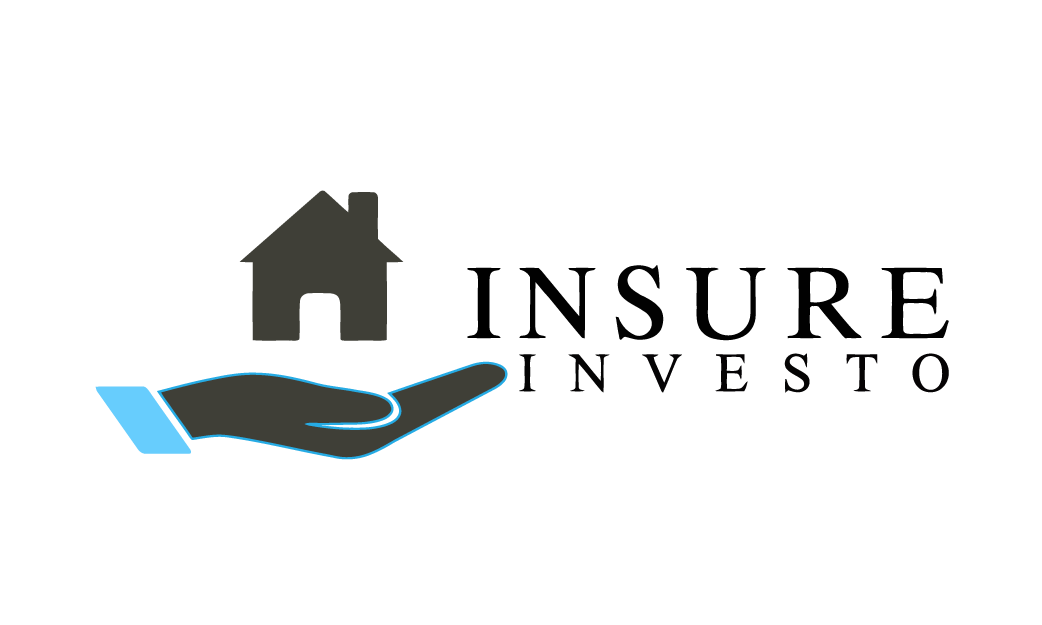Retirement plans, such as 401(k)s and IRAs, help individuals save for the future. 401(k)s often feature employer contributions and higher limits, while IRAs offer tax benefits. Choosing the right plan depends on income, tax situation, and retirement goals.
Types of Retirement Plans
401(k) Plans
A 401(k) plan is a popular retirement savings option employers provide. Employees can contribute a portion of their salary to the plan, and employers often match contributions up to a certain percentage. The funds in a 401(k) grow tax-deferred until withdrawal.
Individual Retirement Accounts (IRAs)
IRAs are another common retirement savings vehicle. There are two main types: traditional IRAs and Roth IRAs. Contributions to Traditional IRAs are tax-deductible, while Roth IRAs offer tax-free withdrawals in retirement.
Pension Plans
Pension plans are employer-sponsored retirement plans that promise a specific monthly benefit upon retirement. The amount is usually based on factors like salary and years of service. While less common today, they still provide valuable retirement income.
Benefits of Retirement Plans
Financial Security
Financial security refers to the peace of mind you feel when you are not worried about your income being enough to cover your expenses. It means having a stable income, adequate savings, and investments that ensure you can meet your current and future financial obligations.
Financial security allows you to handle emergencies, plan for retirement, and enjoy a comfortable lifestyle without constant financial stress. It’s the foundation for a stable and prosperous life, providing the confidence to pursue your goals and dreams.
Tax Advantages
Retirement plans offer substantial tax advantages that can significantly enhance your savings. Contributions to plans like 401(k)s and Traditional IRAs are made with pre-tax dollars, reducing your taxable income for the year and allowing your investments to grow tax-deferred until retirement.
Roth IRAs, on the other hand, use after-tax dollars but provide tax-free withdrawals in retirement. These tax benefits can maximize your retirement savings and provide greater financial security.
Employer Contributions
Employer contributions are vital to many retirement plans, significantly boosting an employee’s savings. When employers contribute to retirement accounts, they often match a portion of the employee’s contributions. This matching can vary but is typically up to a certain percentage of the employee’s salary.
Employer contributions are free money, enhancing the growth of the retirement fund. These contributions not only help employees save more efficiently but also provide an incentive for employees to contribute regularly to their retirement plans. Taking full advantage of employer contributions can substantially increase the overall retirement savings, ensuring a more secure financial future.
How to Choose the Right Retirement Plan
Understand the Fees
Different retirement plans come with various fees that can affect your overall savings. These fees may include administrative charges, investment management fees, and other costs. Understanding all the associated fees is crucial to making an informed decision. High fees can erode your savings over time, so look for low-cost plans. By minimizing fees, you maximize your retirement fund growth potential.
Consider Your Investment Options
When choosing a retirement plan, it’s vital to consider the investment options available. Retirement plans typically offer a variety of investment choices, including stocks, bonds, mutual funds, and ETFs. Diversifying your investments helps mitigate risk and maximize potential returns. Evaluate the performance, fees, and risk levels of these options. Choose a plan that aligns with your risk tolerance and financial goals to ensure a robust and growing retirement portfolio.
Maximizing Your Retirement Savings

Start Early
Starting early is one of the most crucial steps in building a robust retirement fund. When you begin saving at a young age, you allow your investments more time to grow, taking full advantage of compound interest. Even modest contributions can accumulate significantly over the years, providing a substantial nest egg by the time you retire.
Early savers often find reaching their financial goals easier and enjoy greater peace of mind. Additionally, starting early can help mitigate the impact of market fluctuations, as a longer investment horizon allows for recovery from potential downturns. Prioritize your future today by making early contributions to your retirement plan.
Make Regular Contributions
Regularly contributing to your retirement plan is crucial for building a substantial nest egg. Consistent deposits, no matter how small, leverage the power of compound interest, allowing your savings to grow exponentially. Automate your contributions to ensure you get all the payments. This disciplined approach increases your savings and establishes a strong financial habit, leading you to a secure and comfortable retirement.
Take Advantage of Employer Matches
Maximizing your retirement savings involves maximizing your employer’s matching contributions. When an employer offers a match, they contribute an additional amount to your retirement plan based on your contributions up to a certain limit.
This is free money that can significantly boost your savings over time. Aim to contribute at least enough to receive the maximum match to benefit fully. Not doing so means leaving valuable funds on the table, which could substantially impact your financial future. Full advantage of employer matches is a smart and effective way to enhance your retirement fund.
Conclusion
Retirement plans are crucial for securing a stable financial future. Whether you’re exploring the best retirement plans for individuals, including young adults, or learning about the various types of retirement plans available—from IRAs to 401(k)s and pension plans—the optiovns are diverse. Companies offering retirement plans provide valuable benefits, including tax advantages and employer matches. It’s essential to grasp the definition and intricacies of these plans to make informed decisions. Remember, there are four main types of pension plans and three primary retirement accounts, each tailored to different needs and goals. Choosing wisely and starting early can build a robust retirement strategy that ensures financial security and peace of mind.
FAQ
What is the best form of retirement plan?
The best form of retirement plan depends on individual circumstances. Still, options like 401(k) plans with employer matches, Roth IRAs for tax-free withdrawals, and pension plans offering guaranteed income are popular. Each offers unique benefits tailored to different financial goals and needs.
What is the $ 1,000-a-month rule for retirement?
The “$1000 a month rule” for retirement suggests having enough savings or income sources to cover $1000 monthly expenses during retirement. This rule helps individuals estimate their retirement needs and plan accordingly to maintain financial stability throughout their golden years.
What are the three main types of retirement plans?
The three main types of retirement plans include 401(k) plans, Individual Retirement Accounts (IRAs), and pension plans. 401(k) plans are employer-sponsored, IRAs are individually managed, and pension plans promise specific benefits based on salary and service. Each type offers unique advantages tailored to varying financial goals and circumstances.
What is the best way to plan for retirement?
The best way to plan for retirement is to start early, maximize contributions to tax-advantaged accounts like IRAs and 401(k)s, diversify investments, regularly review and adjust your plan, and take advantage of employer matches if available. Seeking professional financial advice can also ensure a secure retirement.
What are the 3 rules for retirement?
The “3 Rule” for retirement suggests withdrawing 3% to 4% of your retirement savings annually to sustain income throughout your retirement years. This guideline aims to balance withdrawal needs with preserving the longevity of your savings, considering inflation and investment returns.
Is a Roth IRA better than a 401k?
A Roth IRA and a 401(k) each have unique benefits. A Roth IRA offers tax-free withdrawals in retirement, more investment options, and no required minimum distributions, while a 401(k) provides higher contribution limits and potential employer matching. Your choice depends on personal goals.






